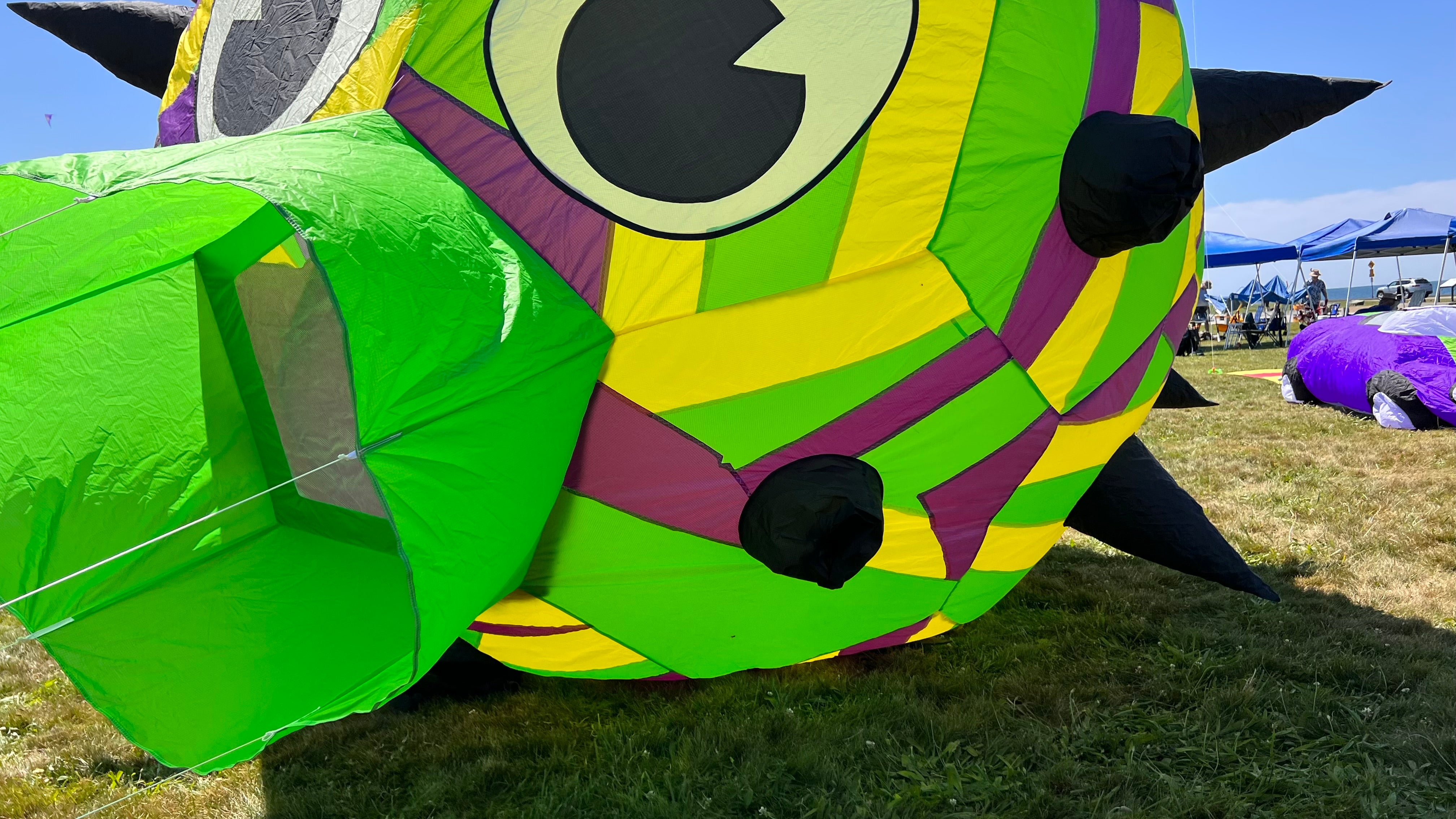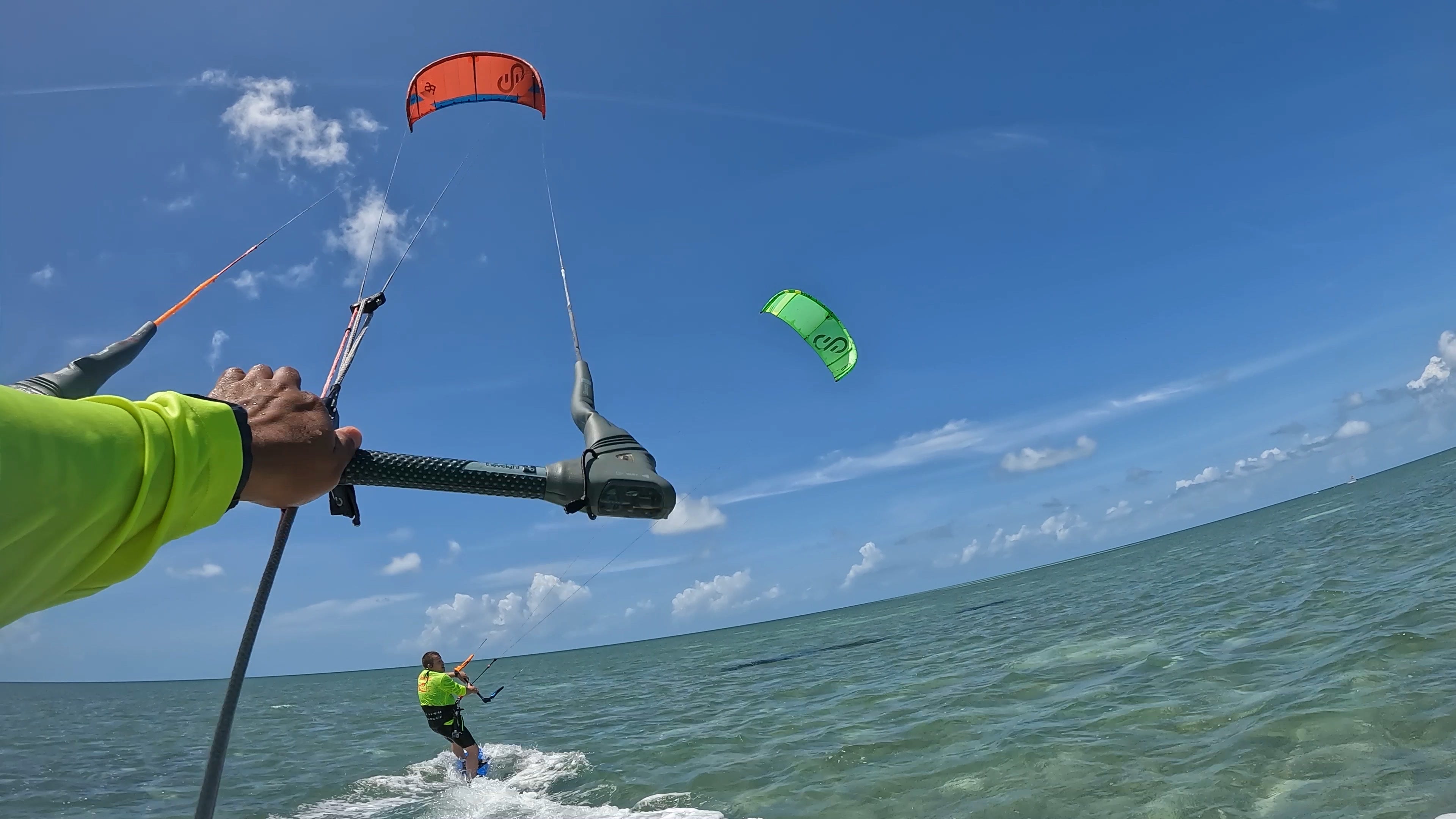Kite flying is a timeless and exhilarating pastime that brings joy to people of all ages. Whether you're a novice or a seasoned enthusiast, the thrill of seeing your kite soaring high in the sky is a truly magical experience. To ensure a successful and enjoyable kite flying adventure, it's essential to learn some expert tips and tricks. In this blog post, we'll share valuable insights on launching, maneuvering, and handling different types of kites, so you can become a kite-flying pro.
- Choose the Right Kite
The first step to successful kite flying is selecting the right kite for your skill level and the weather conditions. Here are some pointers to keep in mind:
a. Start with a basic diamond or delta-shaped kite if you're a beginner. These kites are easy to fly and control.
b. Consider the wind conditions: lighter kites work best on breezy days, while heavier kites are suitable for calmer weather.
c. If you're looking for a challenge, try stunt kites or power kites for advanced maneuvering.
- Inspect and Assemble Your Kite
Before you head out to the open field, ensure that your kite is in good condition. Inspect the kite for any tears, broken spars, or loose strings. Make any necessary repairs. Next, follow these steps to assemble your kite:
a. Lay out the kite on a flat surface, ensuring the spine or keel is straight.
b. Assemble the frame, ensuring all the spars fit snugly into their connectors.
c. Attach the bridle or string to the kite, and make sure it's secured properly.
- Understand Wind Conditions
Kite flying is heavily dependent on wind conditions, so it's crucial to have a good understanding of how wind affects your kite. Here are some key points to consider:
a. Aim for a wind speed of 5-15 miles per hour for most single-line kites.
b. Watch for wind direction and avoid flying in turbulent or gusty winds.
c. Be patient and wait for the right conditions if the wind is not ideal.
- Launching Your Kite
Launching your kite is a critical moment in your flying adventure. Follow these steps for a successful launch:
a. Find an open area away from trees, buildings, and power lines.
b. Stand with your back to the wind and hold the kite by the bridle or string.
c. Allow the wind to catch the kite by gently releasing the line or letting the kite rise in the wind.
d. Keep a firm grip on the line, and pay attention to the kite's movements.
- Kite Maneuvering
Controlling your kite's movements is where the fun really begins. Here's how to maneuver your kite effectively:
a. Tug the line gently to make the kite climb higher, and release tension to let it descend.
b. Use sharp tugs and slack line to steer the kite left or right.
c. Experiment with figure-eights, loops, and spins to add excitement to your flight.
- Handling Different Types of Kites
Different kite designs require different flying techniques:
a. Diamond and delta kites are stable and easy to fly, making them ideal for beginners.
b. Stunt kites require more precise control, with two or more lines for intricate tricks and maneuvers.
c. Power kites are designed for traction and can be used for activities like kiteboarding or kite buggying.
Conclusion
Kite flying is a delightful and skillful hobby that anyone can enjoy. By selecting the right kite, understanding wind conditions, and mastering the art of launching and maneuvering, you'll be well on your way to becoming a kite-flying expert. So, get out there, feel the wind on your face, and let your kite dance in the sky. With practice and patience, you'll discover the true magic of kite flying.



